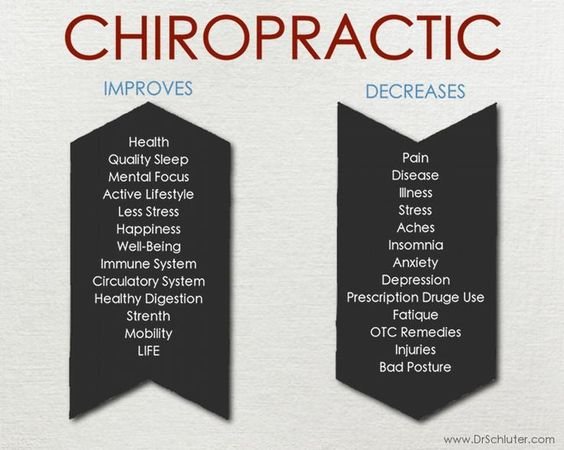A Day In The Life Of A Pain In The Back Sufferer: Tips For Handling Discomfort At The Office
A Day In The Life Of A Pain In The Back Sufferer: Tips For Handling Discomfort At The Office
Blog Article
Post Developed By-McKenzie Cullen
Envision browsing through your day with a constant reminder of discomfort remaining in your back. The struggle to locate relief while managing tasks can be daunting. However, with the right techniques in position, handling your back pain at the office can be much less of a problem. By making straightforward adjustments to your work area and incorporating targeted methods, you can take control of your pain and improve your efficiency. Keep tuned to uncover practical ideas that can make a substantial difference in your everyday work routine.
Usual Triggers of Neck And Back Pain
When it comes to handling neck and back pain at work, understanding the usual triggers is essential. Poor posture places high among these triggers. Sitting hunched over at your desk for prolonged periods can stress your back muscular tissues and lead to discomfort.
Raising heavy items improperly is one more perpetrator. Keep in mind to flex your knees and utilize your legs, not your back, when raising to prevent unneeded pressure.
Absence of activity throughout the day can additionally add to neck and back pain. Make a mindful effort to take short breaks to extend and walk around, as prolonged sitting can worsen discomfort.
In addition, stress is a considerable trigger for pain in the back. High stress degrees can trigger muscular tissue tension, particularly in the back location, resulting in pain. It's important to discover healthy ways to manage anxiety, such as deep breathing workouts or mindfulness techniques.
Last but not least, inadequate functional designs in your workspace can additionally cause pain in the back. Guaranteeing your chair, desk, and computer setup are ergonomically friendly can make a considerable difference in lowering strain on your back.
Ergonomic Workstation Configuration
To create a work space that supports your back health and decreases the threat of pain, concentrating on an ergonomic workstation configuration is vital.
Beginning by adjusting your chair to make sure that your feet are level on the flooring, knees are at a 90-degree angle, and your reduced back is sustained by the chair's back assistance.
Guarantee your computer display goes to eye level to avoid stressing your neck and shoulders.
Setting your key-board and mouse close to you to stop reaching and stressing your arms.
Take normal breaks to stand, stretch, and walk around to decrease tightness and promote blood circulation.
Consider using a standing desk or a desk converter to alternate in between sitting and standing throughout the day.
Keep in mind to maintain regularly used products within arm's reach to stay clear of turning or overreaching.
Active Strategies for Pain Relief
Trying to find ways to actively alleviate pain in the back while at work? Integrating easy yet effective strategies can aid ease pain and boost your productivity. Begin by taking chiropractic care for tmj throughout the day to stretch and move around.
https://travissoicx.bleepblogs.com/32368749/comparing-chiropractic-adjustments-to-typical-physical-therapy-which-is-right-for-you like shoulder rolls, neck stretches, and standing hamstring stretches can loosen limited muscles and relieve tension. Furthermore, exercising great stance is important for reducing pain in the back. Stay up straight, readjust your chair to support your reduced back, and keep your feet flat on the flooring.
Participating in normal physical activity beyond job can likewise add to pain relief. Activities such as strolling, swimming, or yoga can reinforce your back muscular tissues and enhance adaptability, leading to far better discomfort management in the long run. Remember to remain hydrated and preserve a healthy diet regimen to sustain total spinal column wellness.
Additionally, consider utilizing ergonomic tools like lumbar pillows or standing workdesks to promote proper placement and lower stress on your back. By proactively incorporating these techniques into your daily regimen, you can proactively take care of neck and back pain and boost your convenience at work.
Conclusion
Finally, by applying these positive approaches at the office, you can efficiently manage your pain in the back and improve your general wellness. Keep in mind to produce an ergonomic workstation configuration, take routine breaks to stretch, participate in gentle workouts, and keep excellent position. With these ideas, you can reduce the effect of back pain and make your workday a lot more comfy and productive. Keep aggressive and take care of your back to feel better at work.
